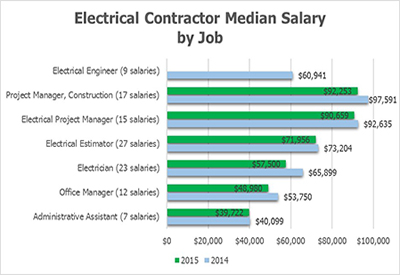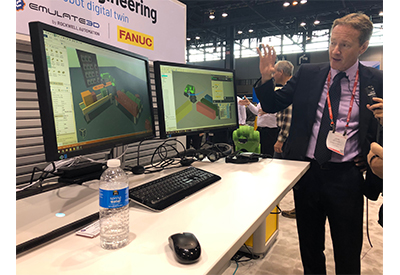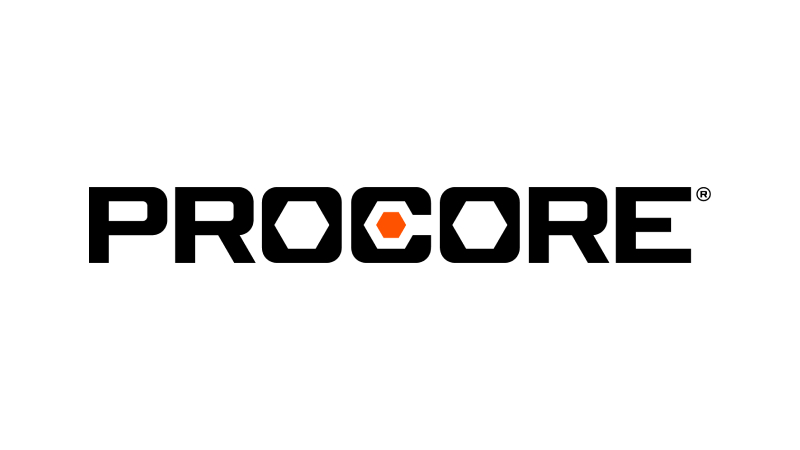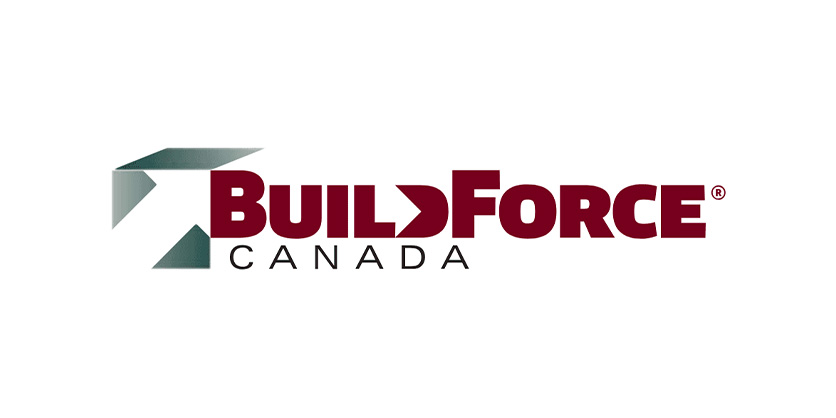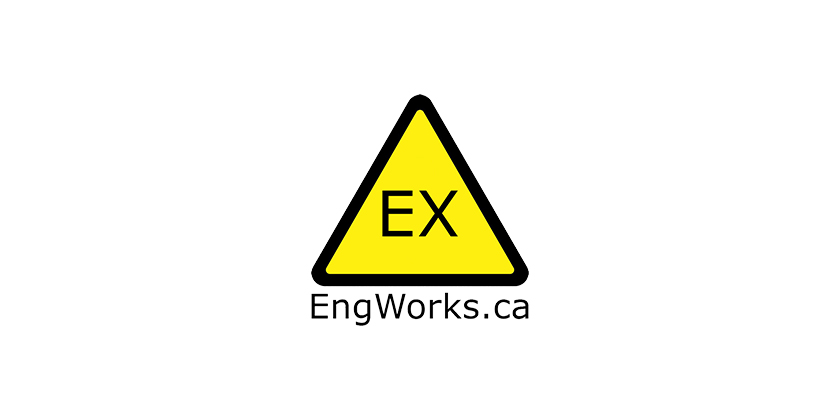Guide to the Canadian Electrical Code, Part 1 [i], 25th Edition– A Road Map: Tables Section
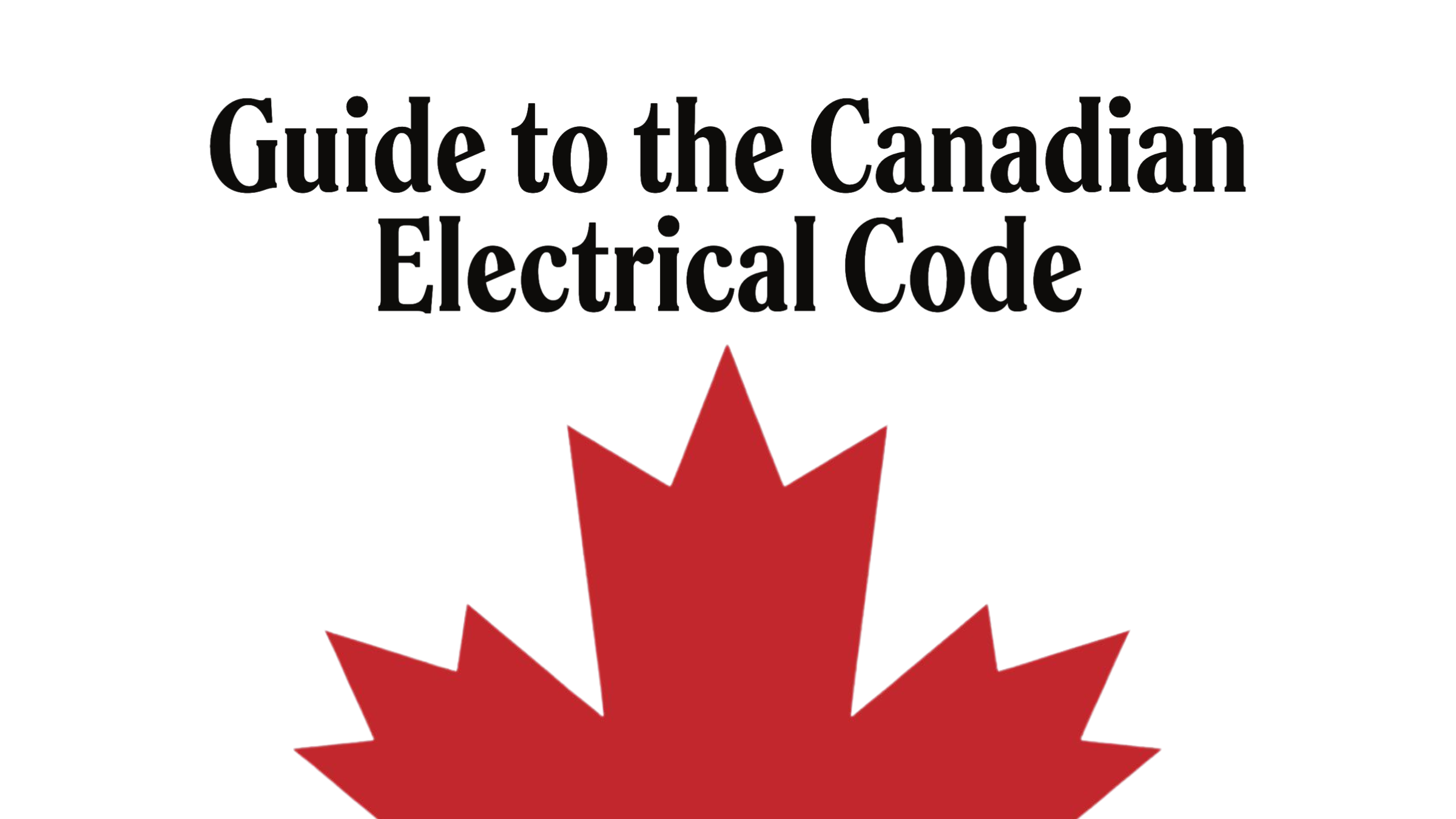
May 11, 2023
By William (Bill) Burr
The Code is a comprehensive document. Sometimes it can seem quite daunting to find the information you need quickly. This series of articles provides a guide to help users find their way through this critical document. This is not intended to replace the notes in Appendix B or the explanations of individual requirements contained in the CEC Handbook** but will hopefully provide some help in navigating the Code.
Tables Section
(The 25th Edition of the CE-C, Part I, (C22.1-21) * is available from CSA Group. This discussion of the Tables is based on this edition).
This Section of the Code contains 99 tables of tabulated information that are referenced by various Rules of the Code. Tables referenced by Rules are considered normative (mandatory) elements of the Code. Note that the D tables of tabulated information in Appendix D are considered non-normative (non-mandatory) elements.

Tables 1 to 4 provide allowable ampacities for unshielded conductors rated not more than 5000 volts based on the maximum allowable conductor temperature from Table 19 and an ambient temperature of 30 degrees centigrade for:
- copper conductors (Tables 1 and 2) or aluminum conductors (Tables 3 and 4),
- single conductors installed in free air (Tables 1 and 3), or
- not more than 3 insulated conductors installed in raceway or cable (Tables 2 and 4).
Tables 5A, 5B, 5C, and 5D provide correction factors for:
- ambient temperatures above 30 degrees C (Table 5A),
- Table 1 and 3 ampacities for from 2 to 4 single conductors (Table 5B),
- Tables 2 and 4 for more than 3 insulated conductors (Table 5C), and
- for vertical layers of insulated conductors in ventilated ladder-type trays.
Rules 4-004, 4-006, 8-104, 12-3034, 16,330, 26-142, 42-008, and 42-016 reference these tables.
Tables 6A, 6B, 6C, 6D, 6E, 6F, 6G, 6H, 6I, 6J, and 6K, provide the dimensions of cables, single, and single stranded insulated conductors, for calculating conduit and tubing fill.
- Table 6A – R90XLPE, RW75XLPE, RW90XLPE UNJACKETED 600 V,
- Table 6B – R90XLPE, RW75XLPE, RW90XLPE UNJACKETED 1000 V,
- Table 6C –R90XLPE, RW75XLPE, R90EP, RW75EP, RW90XLPE, RW90EP JACKETED 600 V,
- Table 6D –TWU, TWU75, RWU90XLPE UNJACKETED,
- Table 6E – RPVU90 UNJACKETED 1000V & 2000V,
- Table 6F –RPVU90 JACKETED 1000V & 2000V,
- Table 6G – RPV90 UNJACKETED 2000V, Table 6H – RPV90 JACKETED 1000V, and
- Table 6I – RPV90 JACKETED 2000V, Table 6J – TW, TW75, Table 6K –TWN75, T90 NYLON.
Rule 12-910 references the above tables.
Table 7, referenced by Rule 12-924, provides the minimum radius of bends in conduit or tubing.
Table 8 provides the maximum allowable percent of conduit and tubing fill for the number and type of insulated conductors, or lead-sheathed single or multi-conductor cables as referenced by Rules 12-902, 12-910 and 38-032.
Tables 9A to 9P provide look-up tables for the internal diameter and cross-sectional area of various types of trade conduits and tubing as required by Rule 12-910:
- Table 9A – rigid metal conduit,
- Table 9B – flexible metal conduit,
- Table 9C – rigid PVC conduit,
- Table 9D – rigid Type EB1 PVC conduit and rigid Type DB2/ES2 PVC conduit,
- Table 9E – rigid RTRC conduit marked IPS,
- Table 9F – rigid RTRC conduit marked ID,
- Table 9G – liquid-tight flexible metal conduit,
- Table 9H – non-metallic liquid-tight flexible conduit,
- Table 9I – electrical metallic tubing,
- Table 9J – electrical non-metallic tubing,
- Table 9K – HDPE conduit Schedule 40,
- Table 9L – HDPE conduit Schedule 80,
- Table 9M – HDPE DR9 conduit,
- Table 9N – HDPE DR11 conduit,
- Table 9O – HDPE DR 13.5conduit, and
- Table 9P – HDPE DR15 conduit.
Tables 10A to 10D, referenced by Rule 12-910 and Appendix B, provide dimensions, both diameter and area of various sizes and types of conductors and cables for calculating conduit and tubing fill:
- Table 10A – Stranded Insulated Conductors by type, voltage, and class,
- Table 10B – Photovoltaic Insulated Conductors and Cable by type, voltage, and class
- Table 10C – Solid Insulated Conductors by type,
- Table 10D – DLO Cable by type.
Table 11, referenced by Rules 12-010, 2-402, 12 -122, and 12-406, provides conditions of use, voltage, and temperature ratings of various types of conductors and cables by location, use, kind, type, voltage, and temperature and includes reference notes.
Table 12, referenced by Rules 4-012 and 4-014, provides the allowable ampacity of flexible insulated copper conductors cords and equipment wire based on an ambient temperature of 30°C by type and number of conductors in the cord or cable.
Table 12A, referenced by Rule 4-034 and Tables 12B to 12D, provides allowable ampacities for portable insulated copper conductor power cables by the number of conductors, voltage rating and whether shielded or non-shielded.
Tables 12B, 12C and 12D provide correction factors for Table 12A based on temperature, insulation, and layering.
Table 12E, referenced by Rules 4-006 and 12-406 and Tables 5D, 12B and 12C, provides a lookup of allowable ampacities for Type DLO cables in a permanent installation in cable-tray.
Table 13, referenced by Rules 14-104 and 28-204, provides the rating or setting of overcurrent devices protecting conductors for general use where not otherwise specifically provided for and based on the ampacity of conductor A.
Table 14, referenced by Rules 8-002 and 8-210, provides watts per square metre and demand factors for services and feeders based on various types of occupancy.
Table 15, referenced by Rules 34-400 and 36-102, provides the allowable bending radii for high-voltage cable based on type and diameter of the cable.
Table16, referenced by Rule 10-616, provides the minimum size of field-installed system bonding jumpers and bonding conductors based on:
- ampere rating or setting of the overcurrent device of the conductor or equipment,
- ampere rating of the largest ungrounded conductor, and
- whether copper or aluminum conductors.
Table 17, referenced by Rule 10-302 provides Conditions for initiating automatic alarms and de-energizing the system for various Impedance grounded systems.
Table18, referenced by Rules 18–090, 18-100, 18-150, 18-190, 18-200, 18-250, J18-100, J18-150, J18-200, 18-250, J18-300, and J18-350.specifies the marking requirements on equipment suitable for explosive atmospheres for both Zone and Division systems.
Table 18A provides Equivalent Zone – Division “GROUP” Classification – See Rules 18-050 7) and J18-050 5).
Table 19, referenced by Rules 12-100, 12-102, 12-302, 12-406, 12-602, 12-606, 12-902, 12-904, 12-1606, 12-2104, 22-202, and Tables 1, 2, 3, 4, D1, and D3, provides conditions of use for insulated conductors andcables other than flexible cords, portable power cables, and equipment wires.
Table 20 has been deleted.
Table 21, referenced by Rule 12-120, provides maximum distances for supporting insulated conductors in vertical runs of raceways.
Table 22, referenced by Rule 12-3034, provides requirements for minimum usable space for insulated conductors in boxes depending on the size of each conductor.
Table 23,referenced by Rule 12-3034, specifies the number of insulated conductors allowed in boxes, based on the type and dimensions of the box.
Table 24, referenced by Rule 70-130, outlines the minimum insulation resistances for installations based on the conductor’s size, type and amperage.
Table 25, referenced by Rules 14-306 and 28-304, provides the number and location of overcurrent trip coils for circuit breakers and overload devices for protecting motors based on the system or type of motor.
Table 26 is now Table D16
Table 27, referenced by Rules 28-106, 28-112, and 38-013, outlines determining conductor sizes for motors for different classes of service based on a percentage of the nameplate current rating.
Table 28, referenced by Rule 28-112, determines conductor sizes in the secondary circuits of motors based on the percent of full load-carrying capacity of insulated conductors in secondary circuit and class of service.
Table 29, referenced by Rules 28-200, 28-206, 28-208, and 28-308 and Table D16, provides the percentage of full load current rating or setting of overcurrent devices for the protection of motor branch for circuits and based on the type of motor.
Table 30, referenced by Rule 36-108, provides the minimum clearances for bus support and rigid conductors per maximum system voltage.
Table 31, referenced by Rule 36-108, specifies minimum horizontal separations of line conductors attached to the same supporting structure per maximum system voltage.
Table 32, referenced by Rule 36-110 and Appendix B, demarcates the required vertical isolation of unguarded live parts based on maximum system voltage and whether the area is subject to vehicle travel, accessible to pedestrians only and heavy or light snow load.
Table 33, referenced by Rules 26-302 and 36-110 and Appendix B, delineates the required horizontal clearances from adjacent structures (including protuberances) based on maximum system voltage.
Table 34, referenced by Rule 36-110 and Appendix B, outlines required vertical ground clearances for open line conductors based on maximum system voltage.
Table 35, referenced by Rule 36-212, provides the required spacing for non-metal-enclosed type switches and fuses assembled in the field and based on maximum voltage and the type of switches and fuses.
Tables 36A and 36B, referenced by Rule 4-004, provide maximum allowable ampacities for aluminum and copper conductor, respectively, neutral supported cables, based on phase conductor size, and type.
Table 37, referenced by, Rule 28-104, provides the motor supply conductor minimum temperature rating based on, an ambient temperature of 30 degrees centigrade, the type of motor enclosure, and the class rating of the insulation.
Table 38, referenced by Rules 8-202 to 8-210 provides the demand factors for electric vehicle supply equipment, based on the number of automobile spaces or stalls per feeder, and the maximum load in watts per space or stall.
Table 39 has been deleted.
Table 40, referenced by Rule 12-1006, provides the number of external threads per 25.4 mm (inch), and the minimum and maximum length of thread in millimetres per trade size of rigid metal conduit.
Table 41, referenced by Rule 70-126, provides the minimum size of bonding jumper for service raceways.
Table 42A, referenced by Rule 42-006, provides multiplication factors to determine the size of insulated supply conductors for individual transformer arc welders and inverter welders.
Table 42B, referenced by Rule 42-012, provides multiplication factors to determine the size of insulated supply conductors for individual motor-generator arc welders.
Table 42C, referenced by Rule 42-014 provides multiplication factors to determine the size of insulated supply conductors for individual resistance welders.
Table 43, referenced by Rule 10-102, provides the minimum bare copper conductor size for concrete-encased electrodes, based on the ampacity of the largest service conductor or equivalent multiple conductors.
Table 44, referenced by Rules 8-010 and 28-704, provides full load current for three-phase AC motors by motor rating in horsepower, per rated voltage, and per induction type, squirrel-cage and wound rotor motors, or synchronous type unity power factormotors.
Table 45, referenced by Rules 28-010 and28-704, provides the full load current for single-phase AC motors by horsepower per 115 or 230 volts.
Tables 46 and 47 are now Diagrams 1 and 2
Table 48, referenced by Rule 70-104, provides the minimum trade size of conduit for mobile homes per rating of the main overcurrentprotection device and whether the system ground is excluded or included.
Table 49, is now Diagram 3
Table 50, referenced byRule 26-250, for transformers rated over 750 V, provides the percentage of maximum setting or rating of the primary and secondary overcurrent protection device per the rated impedance of the transformer.
Table 51, referenced by Rules 36-300, 36-308 and Appendix B, provides the minimum size of bare copper grounding conductors for a high-voltage installation, based on the maximum available short-circuit current, the maximum fault duration, and whether the joint is brazed, made by an exothermic weld, compression or bolted joint.
Table 52, referenced by Rules 36-304, 36-306, 36-308, 36-310, and 36-312, provides tolerable touch and step voltages, based on type of ground, soil resistivity in ohms per meter, and fault duration.
Table 53, referenced by Rule 12-012, provides minimum cover requirements in millimetres for direct buried cables or insulated conductors in raceways, based on wiring method, and whether installed in vehicular or non-vehicular areas.
Table 54 and Table 55 are now Diagrams 4 and 5
Table 56, referenced by Rule 2-308, provides the minimum working space around electrical equipment having exposed live parts, based on the nominal voltage to-Ground.
Table 57, referenced by Rule 16-210 (6) and Table 5A provides allowable ampacities for Class 2 copper conductors based on, the size of the conductor and whether it is a single conductor in free air, or not more than three copper conductors in raceway or cable, and an ambient temperature of 30 degrees centigrade. Where there are more than three conductors in the raceway, use the derating factors provided by column 3.
Table 58, referenced by Rule 40-002, for short-time-rated crane and hoist motors, provides ampacities for up to four insulated copper conductors in raceway or cable for the operating temperature and duration, at an ambient temperature of 30 degrees centigrade. For five or more power conductors in a raceway or cable, the ampacities shown in this Table are reduced by 80%. For ambient temperatures over 30 degrees centigrade, apply the derating factors in Table 5A.
Table 59, referenced by Rule 60-704, provides the minimum size of protector grounding conductors for communications systems, based on the maximum number of protected circuits, and whether they are fused or fuseless.
Table 60, referenced by Rule 16-330, provides allowable ampacities for copper, eight-conductor, Class 2 power, and data communication circuit cables, based on conductor and cable size, and number of cables in a bundle.
Table 61, referenced by Rule 68-056, provides the minimum horizontal separation from pools of the buried cable, depending on the type of installation (communication or power) and, whether the cable is directly buried unjacketed with bare neutral, cables with a semi-conducting jacket, cables with a non-conducting jacket, or conductors in non-conducting ducts.
Table 62, referenced by Rules 38-013 (2) and 38-014, provides feeder demand factors for elevators, based on the number of elevators on a single feeder.
Table 63, referenced by Rule 20-034, outlines the hazardous areas for propane dispensing, container filling, and storage, based on location, extent of the hazardous location, and the Group IIA hazardous location.
Table 64, referenced by Rules 20-062 and J20-062, outlines the hazardous locations at NGV fuelling facilities, based on location, and the extent of the hazardous location Zone or Division.
Table 65, referenced by Rules 2-400 and 2-402, provides the enclosure selection table for non-hazardous locations, based on the degree of protection against the environmental conditions, the enclosure type, and whether its for indoor only or Indoor/outdoor use.
Table 66, referenced by Rule 4-004 (22), provides ampacities for bare or covered conductors in free air, based on 40 degrees centigrade ambient temperature, 80 degrees centigrade total conductor temperature, and 610 millimetres per second wind velocity, for both copper and aluminum conductors.
Table 67, referenced by Rule 62-200, provides the minimum clearance requirements for installed space heating systems, based on the type of heating system and location, and the types of obstructions and protrusions.
Table 68, referenced by Rule 8-102, provides the maximum insulated conductor length, for 120 V single-phase circuits in dwelling units, measured from the supply side of the consumer’s service to the furthest point of utilization, on a circuit using 90-degree centigrade-rated copper insulated conductors, at 30 degrees centigrade ambient temperature, based on the size of conductor and overcurrent protection rating.
Table 69, referenced by Rule 20-202, outlines hazardous locations at bulk storage plants, by location, extent of the hazardous location, and the Zone of the hazardous location.
Table 70, referenced by Rule 62-316 outlines— Bonding, ground fault protection, isolation flanges, and hazardous location suitability requirements for Impedance heating.
Table 71, referenced by Rule 72-102, provides the calculated load for services and feeders for recreational vehicle parks (based on recreational vehicle lots from highest to lowest watt rating)
In the next installment, we will be discussing the Diagrams and the Appendices Sections. Last month’s installment covered Electric Vehicle Charging Systems.
[i] Source: CSA C22.1:21, Canadian Electrical Code, Part 1 – Safety Standard for Electrical Installations. © 2021 Canadian Standards Association. Please visit Store – CSA Group or call 1-800-463-6727. With the permission of CSA Group, the material is reproduced from CSA Group standard CSA C22.1:21, Canadian Electrical Code, Part 1 – Safety Standard for Electrical Installations. This material is not the complete and official position of CSA Group on the referenced subject, which is represented solely by the Standard in its entirety. While use of the material has been authorized, CSA Group is not responsible for the manner in which the data are presented, nor for any representations and interpretations. No further reproduction is permitted. For more information or to purchase standard(s) from CSA Group, please visit Store – CSA Group or call 1-800-463-6727.


